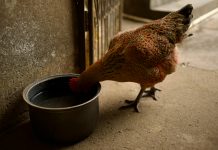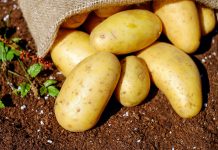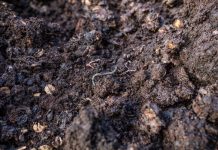Are you planning on embracing off-the-grid living? Being able to live independently and grow your food is a lot trickier than you would imagine. It isn’t as simple as growing a few different crops in your front yard all year round. However, if you do decide to live off the grid, then aquaponics can help you fend for yourself better.
An aquaponic system can help you grow your plants without requiring soil or space, and cultivate fresh fish for consumption. This agriculture system is incredibly resourceful for surviving in a world that is continuously faced with food shortages.
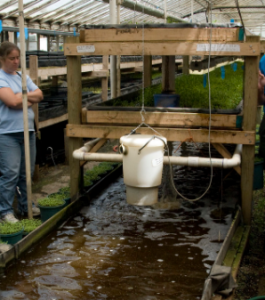
Why choose Aquaponics?
Aquaponics is particularly suitable for an independent off-the-grid lifestyle because it is a vertical agricultural system that lets you grow three to four times more food than a regular garden or yard would allow in a fixed space. The increased availability of space means that you will be able to produce a lot more food throughout the year.
With a budget-friendly investment, an aquaponics system is easy to set up and maintain. This versatile agriculture system will let you grow a vast variety of crops and fish in all seasons.
How does an aquaponics system work?
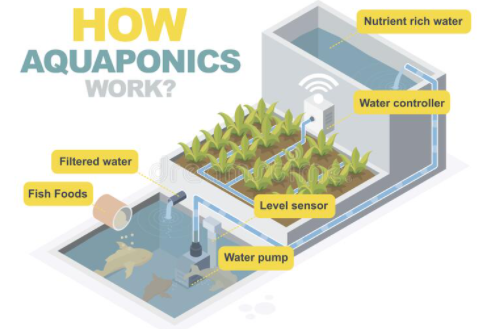
An aquaponics system is a simple and cost-effective means of cultivating nutritional and organic food for an entire family or neighborhood. A natural water filter is used to provide fresh water to a reservoir for fish and plants. Aquaponics filter systems are used to keep the water clean and adjust the concentration of ammonia, nitrates, and carbon dioxide. Based on the information given by experts from www.ppspr.com/products/analytical-desc/, a water pump is used to remove the waste left by fish and help freshwater cycle back into the tank.
Next, beneficial bacteria and microbes are used to convert ammonia and nitrites into nitrates which are a useful source of energy for plants. Plants soak in nitrates from water to grow better and the remaining water is drained from growing beds. The pump cycles back this water to the tank.
Aquaponics – An ecosystem & agriculture system
An aquaponics system is an agricultural tool, but it is also an ecosystem with individual plants, animals, and other organisms. For example, red worms are commonly used to break down organic matter and create composting material. This composting material is used to help your plants grow better, thus eliminating the need for chemical fertilizers.
Beneficial microbes can also be used to oxidize the ammonia in the air to convert fish waste into nitrates to provide energy for your plants. The entire system is self-maintained and you do not have to worry about fertilizing your plants or watering them too much or too little.
A detailed aquaponics system diagram.
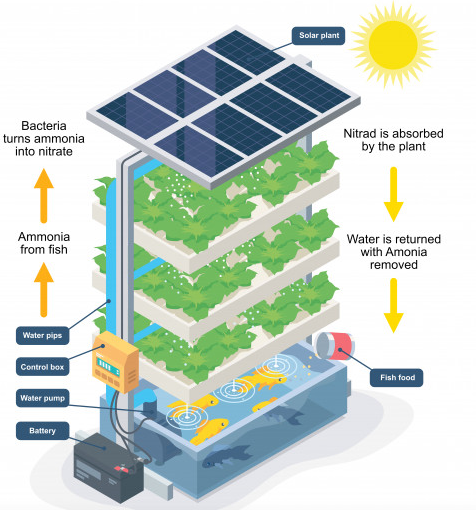
Getting started with an aquaponics system
Interested in setting up your fish and plant aquaponics system? Keep reading to find out more about how you can get started!
Fish tank
You can use an aquarium or a plastic container to cultivate your fish. Just ensure that it is spacious enough to hold at least 10–12 gallons of water for each fish. This quantity should be able to accommodate a pound of fish growing in your tank. If you’re passionate about aquaculture and want to deepen your understanding of fish behavior and habitat, exploring guided multi-day fishing tours can offer valuable hands-on experience and insight into fish ecosystems in natural settings.
Don’t cut corners in picking a spacious tank as you need a lot of water to balance the pH levels and reduce the amount of ammonia. For valuable information and resources on maintaining and cleaning the water effectively, you can click here to achieve a healthy and thriving aquatic environment for your fish. The idea ratio is 1 pound of fish for 10 gallons of water. You can fill up your tank with the following fish:
- Bluegill
- Catfish
- Tilapia
- Crayfish
- Mussels
- Prawns
Note: You will need more water if you expect your fish to breed. Alternatively, you can replace the fish in your tank every few monsths.
Plant soil mix
You can grow your plants using clay pellets, peat moss, coconut coir, or lava rocks. Lava rocks have long been used as a pH-neutral growing medium for plants in aquaponic systems. They are lightweight and porous, which means that your aquaponics system will benefit from aeration.
You will not have to worry about spraying or misting the roots of your plant with a nutrient solution. Looking to save money? You can also use pea gravel as an inexpensive option as a plant soil mix.
Grow beds
Make sure that you use deep containers as grow beds for your plants. Just be careful about choosing containers that are at least 6 – 8 inches deep. If you want to grow a variety of crops with different nutrient requirements, you will need a deep container for your grow bed.
You can also set up your grow bed along with a pond liner for increased planting space and fit your fish tank around it. The following plants will suit your grow bed:
- Herbs such as basil, dill, chives, and arugula
- Leafy vegetables such as spinach, lettuce, and kale
- Tomatoes
- Zucchini
- Blueberries
- Raspberries
Aquaponics test kit
It is recommended that you get started with a freshwater test kit to prevent chemicals from building up in your aquaponics system. Too much ammonia in water will make it difficult for fish in your tank to survive.
Additionally, bacteria in your agriculture system will not get enough nitrites to convert into nitrates for your plants. An aquaponics freshwater test kit helps balance the availability of ammonia, nitrites, nitrates, and pH levels in your aquaponics system.
What are the benefits of choosing an aquaponics system for an off-the-grid living?
An aquaponics system is your best shot at living off the grid and here are a few reasons why:
- Your dietary needs will be met. Plants and fish will fulfill all your nutritional requirements for embracing a healthy lifestyle.
- You will not have to worry about fertilizing your plants. Fish effluent is converted into nutrients for plants to absorb and grow.
- You will not have to worry about weeding your yard or getting rid of bugs and pests.
- There isn’t any waste in this environmentally sustainable agriculture system. Decayed organisms and their byproducts are recycled back into the system.
- In the long-run, an aquaponics system is exceptionally cost-effective and will help you save a lot of money compared to traditional farming.
Conclusion
Living off the grid is not a piece of cake, but maintaining an aquaponics system can make it much easier than it is. With patience, effort, and a reasonable amount of investment money, you can get started with your aquaponics system for off-the-grid living!
Image links
https://thumbs.dreamstime.com/b/how-aquaponics-system-work-isometric-explain-to-save-water-187477638.jpg
https://live.staticflickr.com/3482/3771091028_830563e49c_b.jpg
https://image.freepik.com/free-vector/aquaponic-system-smart-farming-isometric_255805-29.jpg



